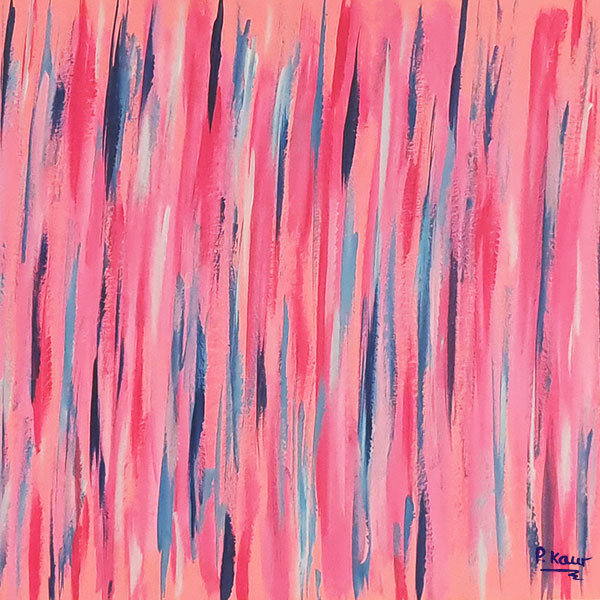Orange is the second colour of the rainbow, with reasonably long wavelengths, red having the longest. It is a secondary colour on the colour wheel, created by mixing red and yellow.
Language
The word for orange wasn’t in the English language until the fruit was imported to Britain in the Middle Ages. Before this, the word ‘geoluread’ was used to describe something that was yellow-red in colour. It is the only word for a colour that comes from a fruit. Several languages don’t even have a word for orange.
Meaning
Orange is associated with autumn along with the reds and browns. In the west it is also associated with Halloween. It generally has a positive connotation, though can appear cheap when used in a childish way.
In the east, orange holds more meaning. In India, it is sacred. In Buddhism, it represents spirituality and peace. In Japan, it represents knowledge and civilisation.
Pigments
Early orange pigments were made from orpiment which also created tones of yellow however it is poisonous. Another early pigment was made from realgar, which is related to orpiment. Carnelian is a semi-precious stone which range in colour from pale orange to an almost black.
Using saffron as a pigment is very expensive, maybe around £7000 per kg as it is labour intensive to extract the stigmas from the flowers and use them as pigments.
Chrome orange is a synthetic orange pigment invented in 1809. This led the way for other synthetic pigments like cobalt red and yellow.
In nature the orange tone of carrots, pumpkins, and oranges comes from the pigments carotenes.
Tones
Orange sits in the middle of two warm colours, red and yellow. The tones vary between more red undertones like salmon and vermillion, and yellow undertones like saffron, pumpkin and tangerine.
Adding darkness to orange brings about the brown tones. Adding more pink to orange can bring more sensitive and romantic tones.
General Use in Society
Ancient Times
Oranges were first cultivated in China 4500 years ago and travelled west via Silk Road and into Britain in Middle Ages where the fruit gave the colour its name.
Mythological paintings shows the god of wine, Dionysus, dressed in orange.
Middle Ages and Renaissance
Orange has some history in politics and religion with the Prince of Orange, William I who established the House of Orange-Nassau. William III became king of England, Scotland and Ireland and being protestant, his followers used orange as their colour.
Orange is also the national colour for the Dutch.
Orange became an important colour for impressionists, once synthetic versions were created. It added a whole new element to painting, highlighting yellow and contrasting with blue. For Vincent van Gogh, orange and yellow were the thing.
Modern Times
Orange in branding isn’t that common however there are certain key examples of the use of orange. In its brighter, primary form it takes on a childlike and cheap tone being a good colour for the brand Easyjet. However Hermes uses orange for its boxes however this orange is deeper, with black undertones and so adds that level of sophistication, takes the edge off the childlike bright orange.
In modern food practices, orange is added as colouring to improve appearance of products such as sodas, juices, cheese, butter, yoghurt, jam and sweets.
Orange is also known as safety orange, a common colour for traffic cones on the road, life jackets and safety jackets for workers. Orange has high visibility, being the next colour down from red, but less energetic and dangerous than the colour red which is normally associated with stop signs and other danger signs.





